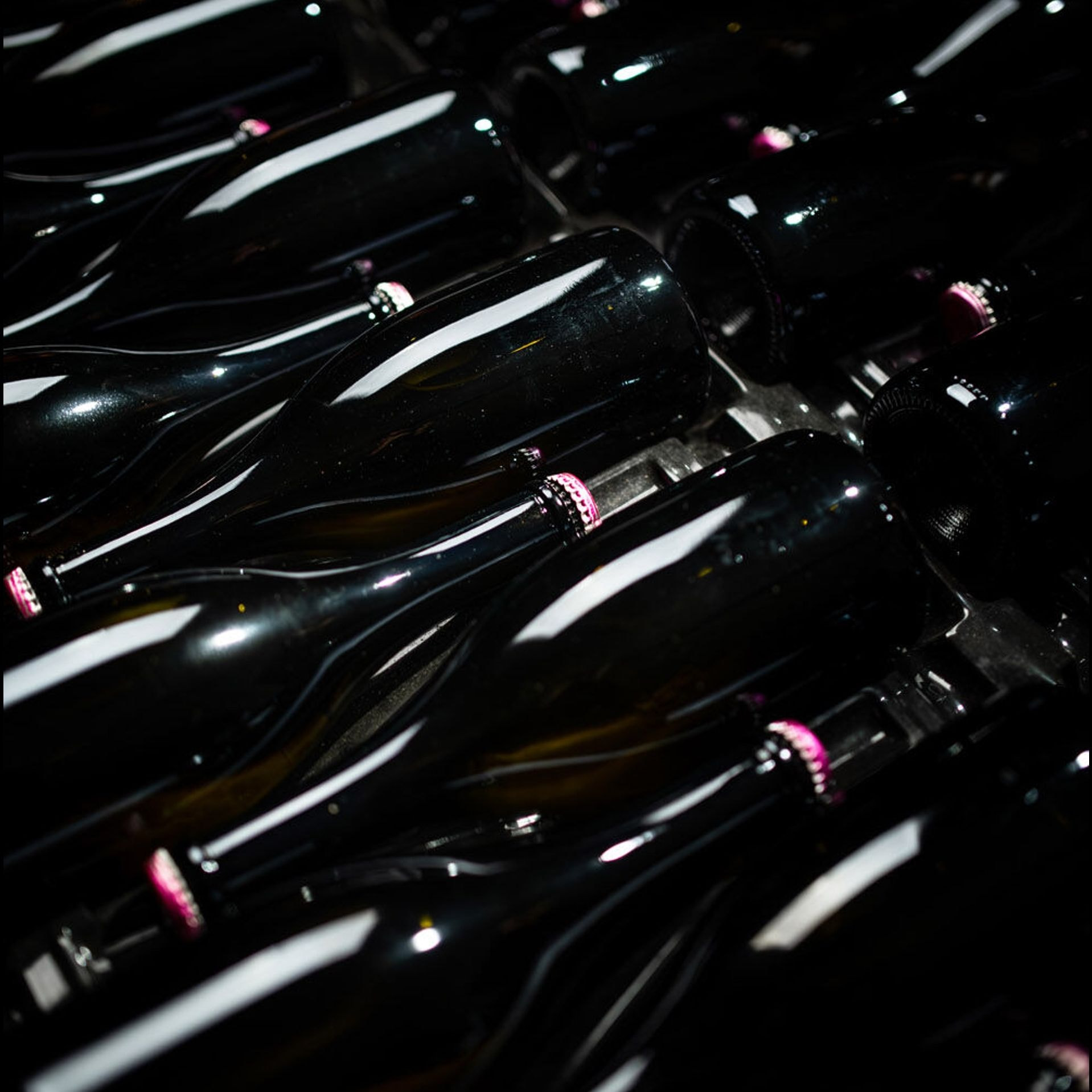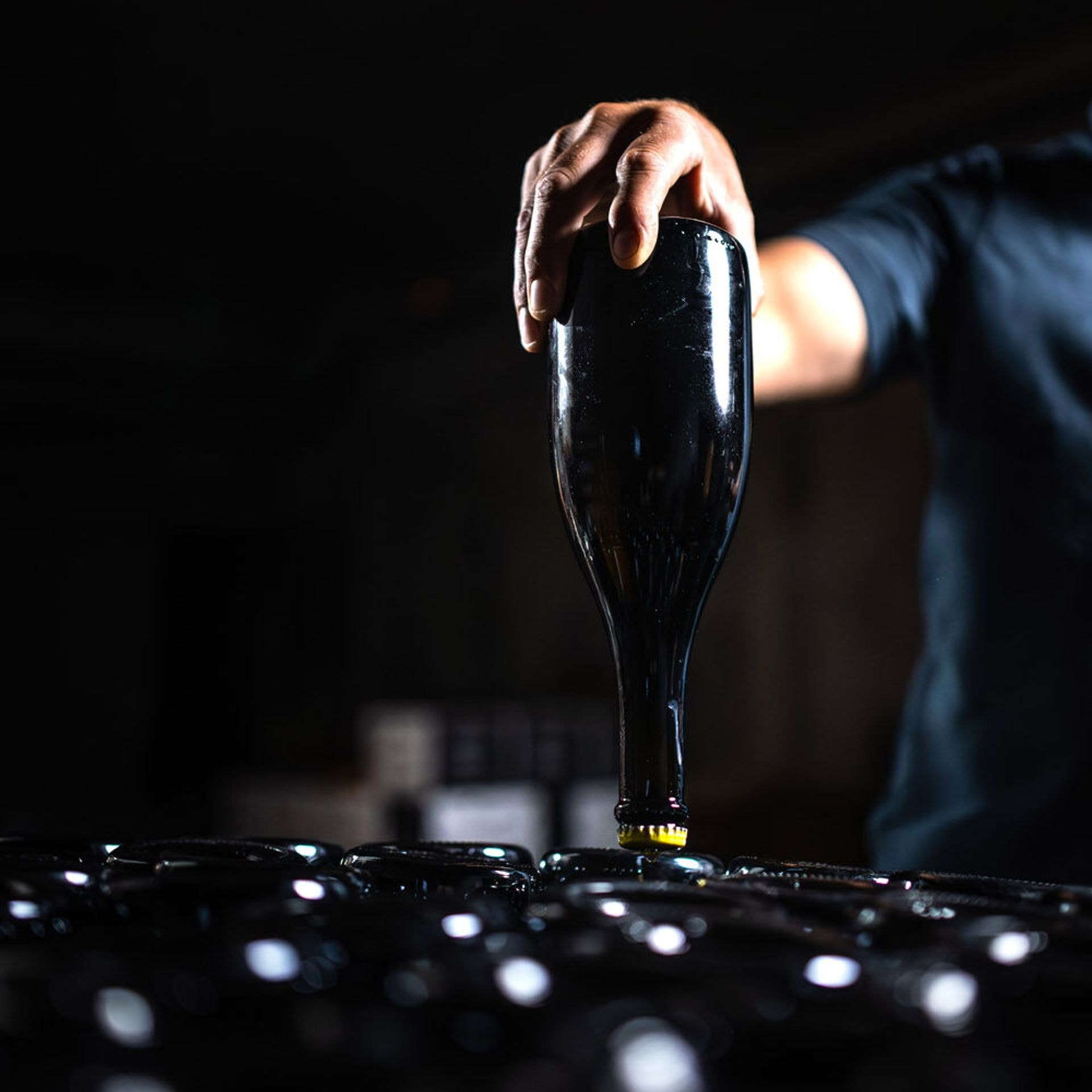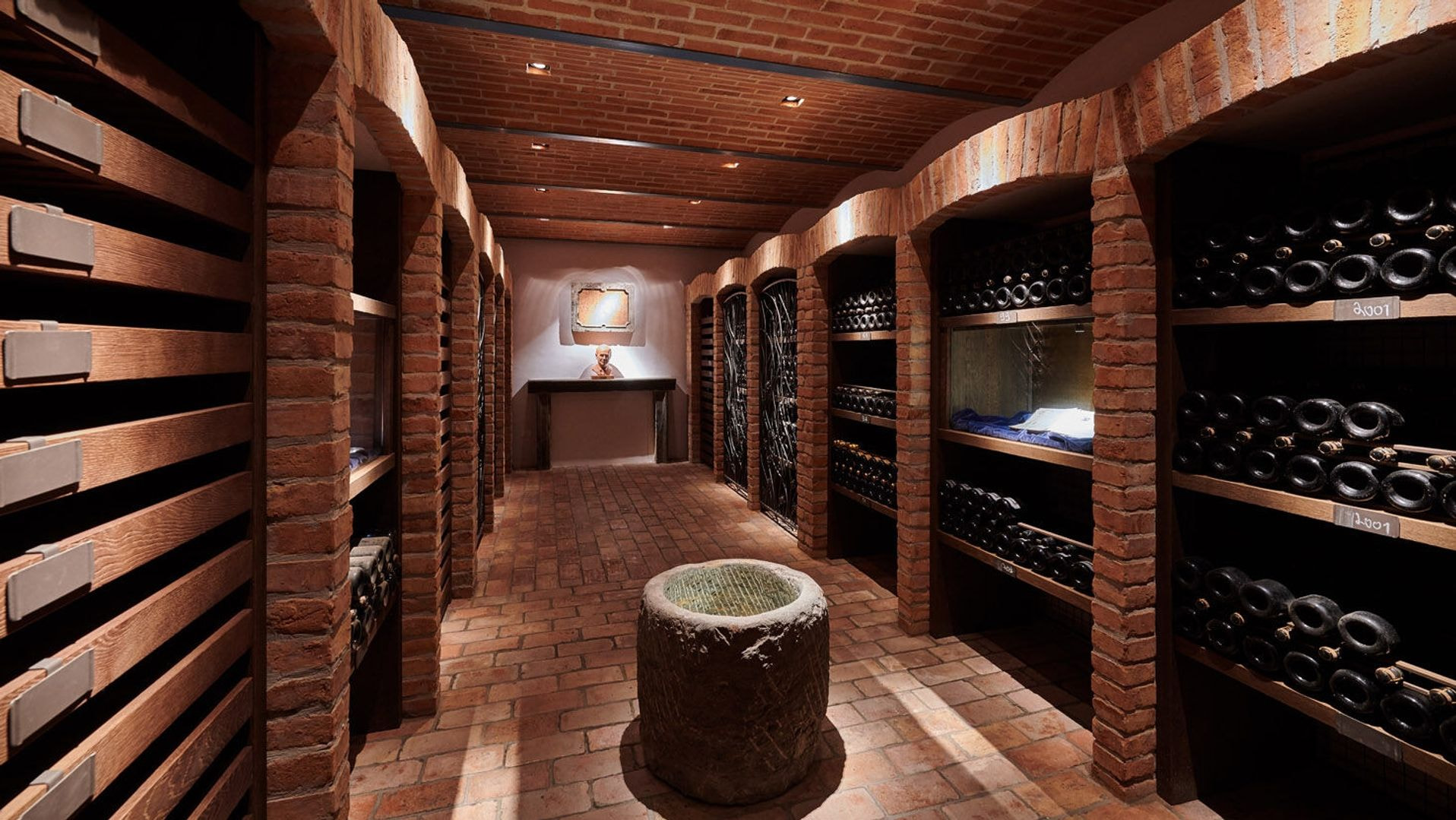In the world of viticulture, the production of classic sparkling wine is a special art that demands knowledge, experience, and patience. One of the crucial steps in creating sparkling wines using the traditional method, where the winemaker leaves their mark, is bottling. This phase significantly shapes the quality and character of the final product. Join us to peek into the fascinating world of bottling classic sparkling wines and add another piece to the mosaic of understanding how a drink is crafted to inspire you with elegance and sophistication.
Preparation of the base wine:
The journey begins with the preparation of the base wine, usually a blend of different grape varieties. This wine has already undergone primary fermentation, developing a basic harmony of flavors based on varietal characteristics. If the winemaker has done their job well, the wine is stabilized, filtered, contains an appropriate alcohol content, has a low pH, and is thus ready for the long secondary fermentation awaiting it in the bottle. The base wine at Medot is composed of different proportions of Rebula, Chardonnay, and Pinot Noir, and details can always be found in the technical sheets on our website.
Liqueur de Tirage:
To initiate secondary fermentation, a specially prepared mixture of wine, sugar, yeast, and yeast nutrients, called liqueur de tirage, is added to the base wine. This mixture is crucial for the birth of bubbles, giving the sparkling wine its effervescent character.
Secondary fermentation in the bottle:
The wine mixed with liqueur de tirage is bottled and sealed with an airtight crown cap. Yeasts in the wine then start fermenting the sugar, causing the formation of carbon dioxide (CO2). Since the bottles are securely sealed, CO2 cannot escape and remains dissolved in the wine, creating the desired bubbles. This process can take weeks or months, allowing the development of complex aromas and flavors. Temperature also plays a crucial role, as it should not be too high to prevent excessive yeast formation.
Aging on fine lees:
After completing secondary fermentation, the wine rests and ages on the sediment of fine lees, representing dead yeast cells. This prolonged contact contributes to the richness and creaminess of the flavor, adding additional layers of complexity to the sparkling wine.











